[Exciting Deep] Review of Eventide H9 Max | Reviewer's Revival
DISCLAIMER! This is a deep, investigative editorial.
As such, it is presented in two parts.
So just how much wallet-paper does it take to get an H9 Max onto your pedal board?
Eventide’s MSRP and most nearly every retailer’s listing comes in at $699 (USD) / $899 (CAD). If you’re thinking, “Sheesh! That’s a big chunk of change”, I would agree with you – on the surface. However, when you take into consideration that most nearly every one of Eventide’s enviable algorithms has been gleaned from their entire stomp box line, the price makes a lot more sense. This includes, but is not limited to, all modulation, harmonizing, pitch-shifting, delay, reverberation and tremolo algorithms. In addition, exciting H9-exclusive algorithms are here as well: UltraTap, Resonator, SpaceTime, PitchFuzz, EQ Compressor, Sculpt, CrushStation and HotSawz. Moreover, any algorithms released in the future will automatically be available for H9 Max users to download – at no additional expense. Purchasing algorithms a’ la carte costs $20 apiece (applicable to H9 Core and H9 Harmonizer units only).
The H9 is an eye-catching little gizmo, yet a somewhat modernistic departure from the motif and size of its Factor brethren (ModFactor, PitchFactor, Space and TimeFactor). It’s a decidedly sturdy-feeling stompbox, and when powered on, it lights up as prettily as a Macy’s Christmas Tree on Boxing Day. Sound quality here is spectacular and the range of effects is boggling. What’s more, complete MIDI I/O, auxiliary expression-pedal support, Bluetooth and/or USB connectivity, and a highly sensitive built-in tuner ensure maximum performance and control integration.
On the other hand, once you’ve registered an H9 Max in your Eventide user’s account, you can add up to four more H9s; loading each of them with ALL of the algorithms registered to your H9 Max. In simpler terms – buy one H9 Max, add one or more H9 Cores, and they will all be Max’ed out. This methodology definitely has merit; there are many professional musicians putting two or more H9s on their pedal boards. Heck, if you’re reading this article, chances are you’ve already seen Pete Thorn’s viral videos on the very topic.
Appointments & Presentation:
The inclusion of an H9 into your arsenal des pieds, requires naught but a 5” x 4” spot on your pedal board (plus any wiggle room that you deem appropriate) – occupying less than two-thirds of a ModFactor’s footprint. You might suspect that its glossy, white chassis would get scuffed up easily, but on the contrary, the finish seems to be very durable and impervious to normal usage. This pedal is no wimpy powder puff either; the hefty little gazoo weighs the better part of two pounds (820 grams). The entire chassis is made of metal, but the knobs are fashioned from high quality plastic.
Lastly, and most familiar to we guitarists, is a stout duo of good ol’ fashioned stomp-box-switches for bypassing, engaging and incrementing presets (alternatively, you can decrement thru the presets by pressing the large encoder knob – press it again and the order is reverted back to incremental changes).
Flipping this Glossy White Betsy over on her side reveals a pair of sturdy, flush-mounted MIDI DIN connectors. Turning her around to peek at her backside is where you’ll find H9’s stereo pairs of ¼ inch I/Os, an auxiliary Expression jack, and a mini USB port. As evidenced in all other aspects of the unit’s build quality, these too feel very solid; providing snug, secure connections. Finally, the underside of the H9 is also of metal fabrication and it is decidedly slip-proof thanks to a quad of thick, rubber feet.
Power Talk:
You may want to stick with Eventide’s provided wall wart AC adapter, or alternatively you can power an H9 with a dedicated 9v line from any good quality power supply capable of delivering a stable 500 mA of current (or higher, up to 12v, 500 mA) WITH A CENTER POSITIVE barrel. In other words, don’t forget your polarity rules and try to power it up with a standard BOSS power supply, which uses negative center. Thanks to its digital blueprint, the unit recalls the previously loaded preset when it’s powered on. This can be quite convenient – especially if you had forgotten to save any tweaks you might have made.
Installation and Activation Process:
If you buy an H9 unit which has already been factory-updated with the most recent firmware and software, you can actually start playing with it right out of the box. Otherwise, to enjoy a bona fide H9 Max experience, you’ll want to employ Eventide’s “H9 Control App” – available for Android, iOS, OSX and Windows™. Believe you me! Why? It is possible to modify presets directly on the H9 itself, but it can be a rather convoluted and uninspiring endeavour – perhaps even frustrating. A detailed, thorough user’s manual is included; I suggest that you don’t just ignore it. Reading the booklet will get you up to speed on how to execute preset tweaks and customize the H9’s configuration. Frankly, there are quite a few steps to memorize (or reference) in order to carry out those tasks.
Oh, by the way, a user has control over deregistering/deactivating their H9 too – not that I can imagine anyone would ever want to. Sell it to buy a Strymon? Noooo.
Performance and Functionality:
:: BASICS Since this is a review article, not a how-to guide, I won’t bore you with nitty-gritty details about how to make all kinds of settings-adjustments on the unit itself. Nevertheless, here’s a brief overview of its basic functionality.
The Encoder Knob/Switch allows you to quickly whip through all 99 pre-loaded presets; preceded by a quick press of the ‘Presets’ button — which remains lit while you’re scrolling. Once you’ve landed on the preset you’re looking for (or simply experimenting with), tap the right footswitch to assign it; the preset light goes out and the H9 returns to standard operation. As regards the right footswitch – labeled as ‘Tap’ – each time it’s pressed the presets are incremented one at a time. If you’d prefer to step thru the presets in reversed order, tap one time on the large, black encoder knob. Reverting to the default (forward incrementing) mode simply requires another quick tap on the Encoder. Although the Encoder is made of plastic, it doesn’t feel the least bit fragile so don’t be timid to tap it with your toe during a live performance.
One tiny niggle that I have about this basic functionality, is that there isn’t a visual indicator to display the current step direction. While stepping through the presets, the preset number blinks on the digital readout screen. To activate the “blinking” preset, just tap the left footswitch (labeled ‘Active’). By default the left footswitch functions as a True Bypass switch. A large, bright red LED light, located just above this footswitch, let’s you know at a glance when the H9 is active. In the far right corner of the LED panel there is an itsy group of super bright Mini LED indicators. Although they’re minuscule, they show at a glance whether or not the built-in Bluetooth receiver is enabled, if there is an active Bluetooth pairing, if there in an input signal present, and whether the input level is clipping. Disabling Bluetooth is easily accomplished by pressing and holding all three X, Y and Z buttons simultaneously. In turn, Bluetooth is re-enabled in like manner.
:: PRESET TWEAKING
Remember I’d mentioned earlier that it could be a somewhat convoluted procedure to configure an H9 on its tod? Now is when that whole bit begins to come into play. This functionality doesn’t require an astro-nautical science degree, but neither is it a straight forward, easy-breezy walk in the park.
Once you’ve entered expert mode, you press the button (X, Y or Z) to sequentially tab through all available parameters. You may now adjust the intensity of whichever parameter you’re accessing with the Encoder Knob. The LED halo ring surrounding the Jog wheel provides an immediate visual cue of what a parameter’s current intensity level is. To exit EXPERT mode and return to normal utility, press the button until the word “NORMAL” is displayed (about 2 seconds). It’s worth noting here that expert mode is activated per button – it is not a global process. This is super handy if you happen to forget which parameters the other two buttons are mapped to -- you can quickly press one of them to see its respective allocation.
I’m not going to explain how to create presets on the H9 itself – that’s beyond the scope of a review article and much better suited to a perusal of the User’s Manual. It’s a multi-stepped process that requires a bit of time and careful attention. Creating presets directly on the unit itself is entirely doable, but me thinks that you’ll be reaching for your smart phone or iOS device to accomplish this task, if at all possible. Trust me on this!
:: BUILT-IN TUNER
:: H9 CONTROL APP
The app is handled pretty much the same way regardless of which platform it’s installed on, and it accords identical H9 access from all supported devices. This is, of course, superb programming on Eventide’s side. A very well-designed app, its synergistic integration with the hardware deserves special Kudos. Each of the first four categories of available DSP (Digital Signal Processing) is borrowed directly from Eventide’s highly regarded Factor series of digital stomp boxes. There are 10 algorithms represented from each: TimeFactor, ModFactor, PitchFactor and Space. If this weren’t enough, Eventide has also crafted a category of algorithms specific to the H9; aptly named “H9”. Go figure, huh . . .
At present there are eight H9-explicit algorithms:
Detailed descriptions of each algorithm are published on Eventide’s web site; while you’re there, have a listen to their tantalizing audio demos. Moreover, you can even take a boo at accompanying video clips as well. ** I've included a link at the end of this article to check out the list of available items. Each preset/algo is graphically presented with a lovely, photo-realistic UI (user interface) not unlike some of those seen on Eventide’s DAW plug-ins: such as, “Blackhole” for example. Most of the algorithm UIs also bear a resemblance to the visage of the respective Factor stomp boxes from which they were culled, making it super simple to familiarize yourself with any given FX selection. The virtual knobs are very smooth to dial in; indeed, the entire UI is superbly put together. The visuals are engaging and pleasing to one’s eye without distracting one from the purpose for which the control app was crafted – to manage an H9 and its DSP as easily as possible. Where creating a new preset can prove to be rather daunting sans app, H9 Control makes the procedure a breeze. "
As I prepared for this review, I spent quite a few hours noodling around with H9 Max’s range of factory presets; I even came up with a few creations of my own. It is most enthralling to spend quality time with an H9 while you have it paired to your iPad or other device of choice. The inviting interface really draws you in and evokes all sorts of finger twitchery. To further drive my point home, I began my H9 experimentation while feeling acutely subpar. I had been suffering from wonky blood pressure issues and serious chest discomfort for a number of months. Suffice it to say that the H9 must really be somethin’ to have engrossed my attention, even while I was feeling so under-the-weather.
Let’s Get The Gang All Together
Don’t you just love the thrill of doling out your hard-earned loot for a few more treasure items? Yesss, precious, we likes it too – especially when the hunt happens to be an expeditionary visit to our local Long & McQuade store (Canada’s equivalent to Guitar Center or Sweetwater in the USA, and Anderton’s in the UK). It’s not only the temptation to haul out your VISA for a 2nd H9 (Core) that lurks beneath attractive display shelving, but opportunities to accessorize an H9 with MIDI and expression gadgetry awaits you as well.
“ Shhh! We doesn’t tell wifey though . . . nasty, long-haired hobbitses always wants to ruins our fun!”
Sonic Superiority:
If there’s one thing that remains uncontested concerning Eventide’s DSPs, it’s the excellence of their sound. Rich depth, dimension and gorgeous sonority are hallmarks of Eventide’s products since their debut in the early 1970s. How cool is it to have the greatness of an original Harmonizer® rackmount unit readily available to you, right there beside your humble BOSS “CE-2” chorus pedal or Wampler “Tumnus” overdrive!? Yes, dear reader, your pedal board can be elevated to a sonic sanctum of marvelous proportions with the addition of an H9. The glorious cascades of musically-enriching reverberation and space defying delay effects that flow freely from an H9 Max are absolutely breath taking. Sumptuous cavalcades of pitch-shifted splendor and logic-breaching resonance effects are generously served up with savoir faire.
I could scarcely believe my own auricular senses the first time I linked this little box of wonder into my effects chain. The depth, 3D-ism and clarity I heard coming out of my guitar amp literally amazed me. Trust me, fellow YouTube viewers, as good as many of the video reviews are, ya just gotta hear one of these babies in person to really appreciate how magnificent an H9 Max really is.
In Part II of this in-depth editorial, we'll investigate the full compliment of algorithms shipped with H9 Max.
1 Comment
Robert Little
7/7/2019 01:23:46 pm
There are pros and cons not mentioned here, about the H9 Control app.
Reply
Your comment will be posted after it is approved.
Leave a Reply. |
NO SPAM! IK Multimedia Group Buy
FX Pick & Mix Group Buy - up to 16 for the price of 1
Will You Help?Web hosting is getting more and more expensive all the time, and Reviewer's Revival is NOT funded nor supported by any commercial enterprise or business. A donation of any amount is greatly appreciated. Even $2 or $3 for a coffee - every little bit helps. Thanks very much.
Legal BlurbAll of the articles published on Reviewer's Revival are undertaken to be purely objective, impartial reviews. Reviewer's Revival is not owned, funded-by, nor hired by any company or individual. Reviewer's Revival is the sole property of, and solely under the discretion and direction of Brother Charles. |

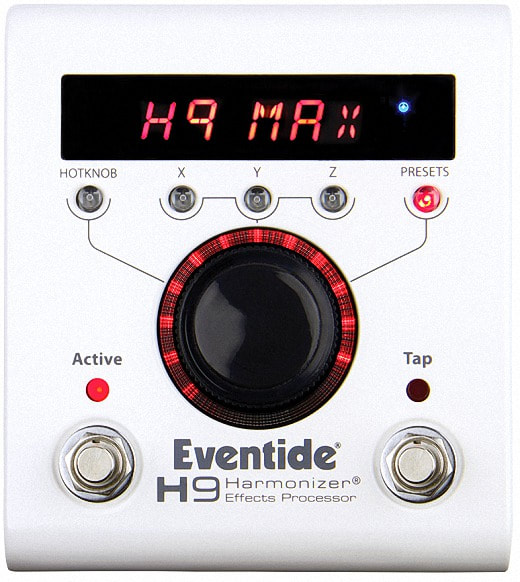


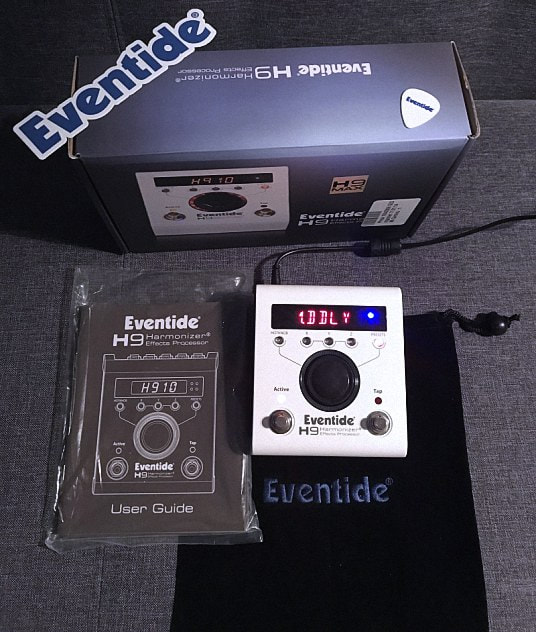
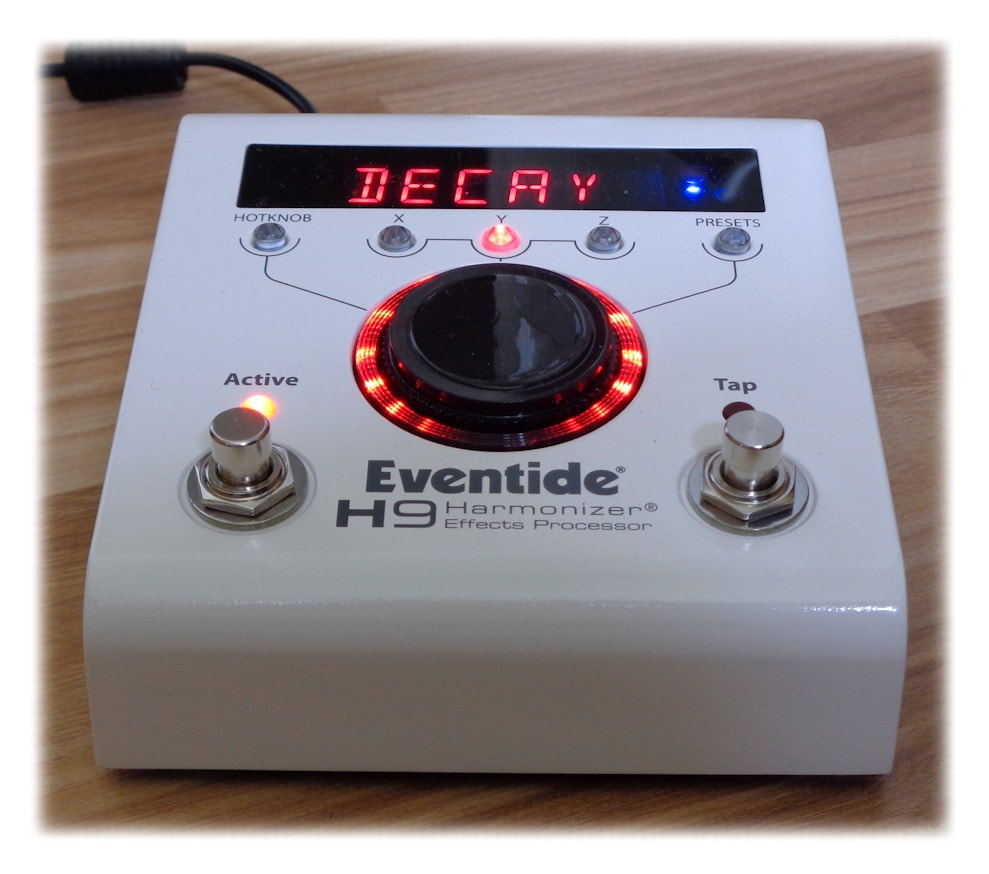
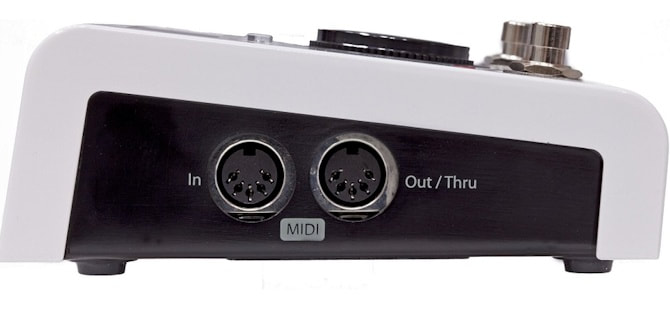
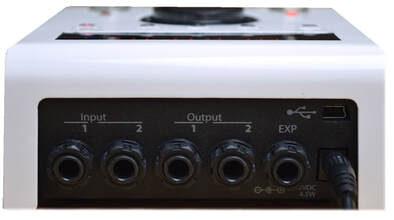
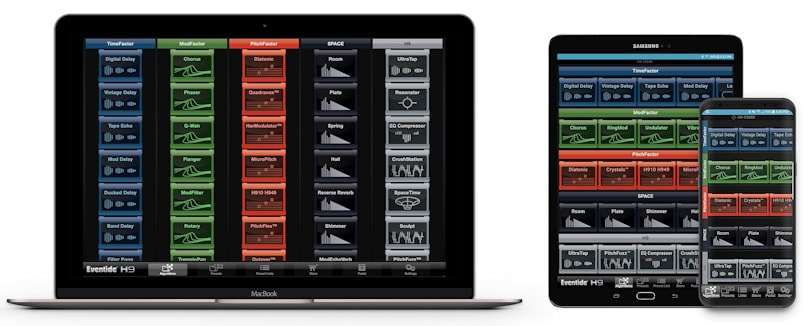

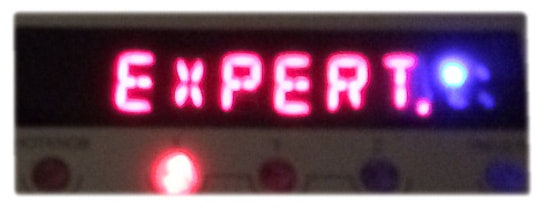

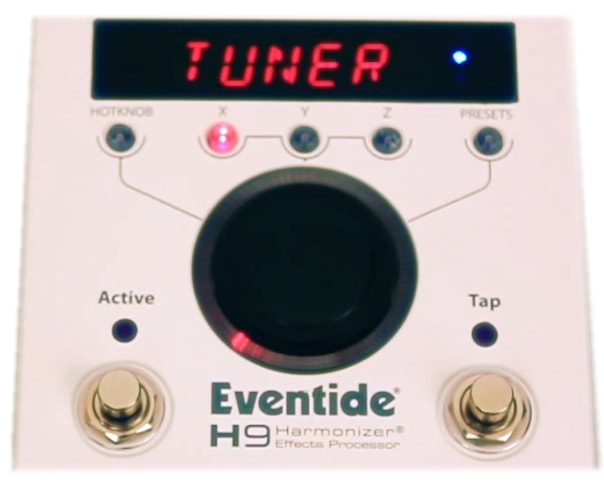


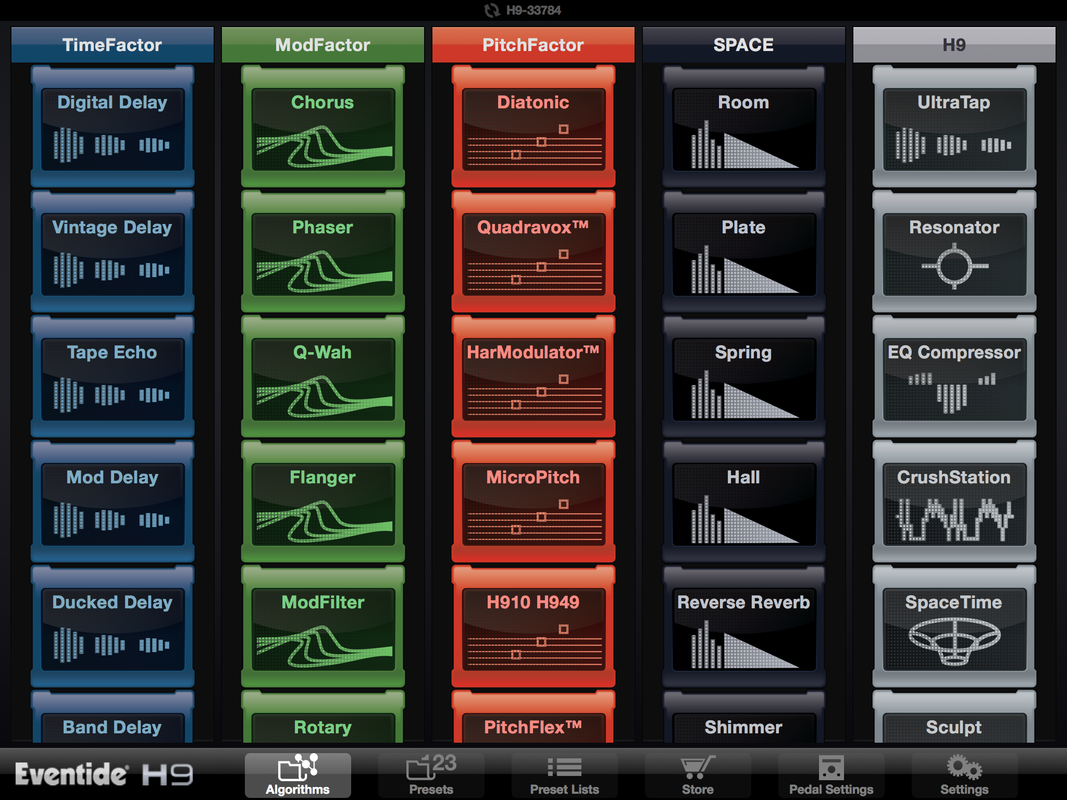



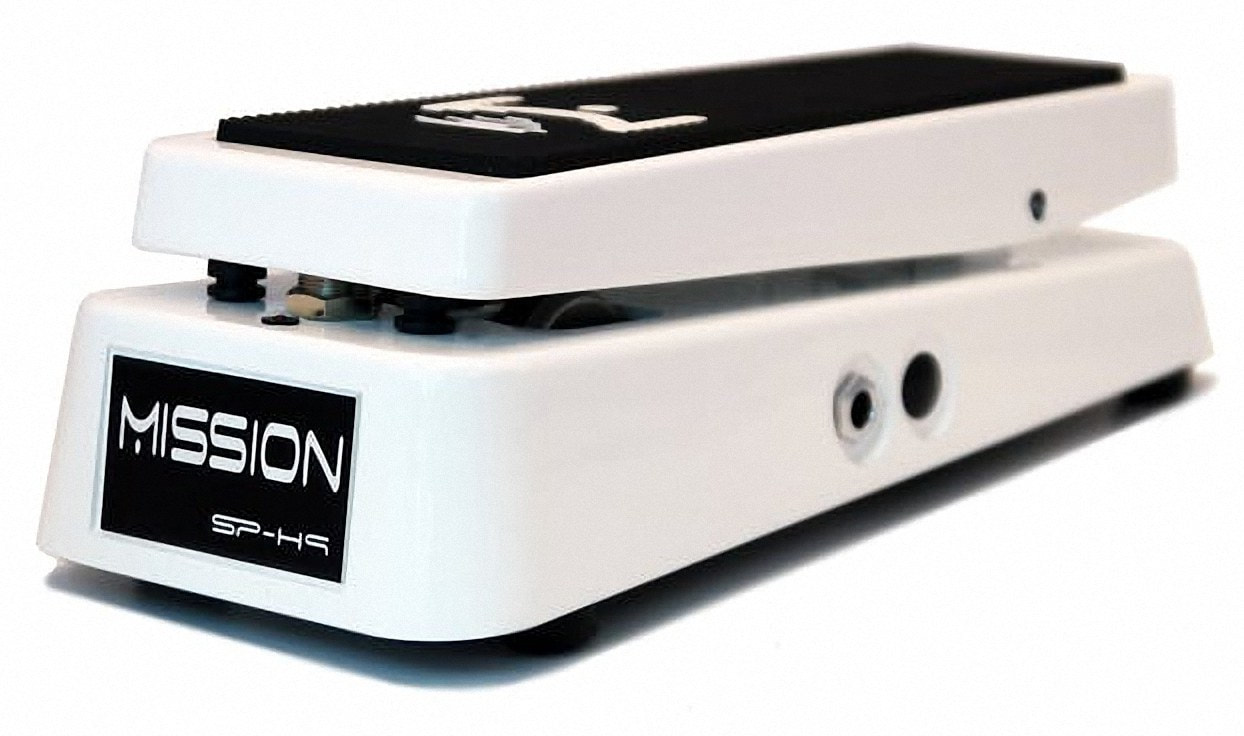
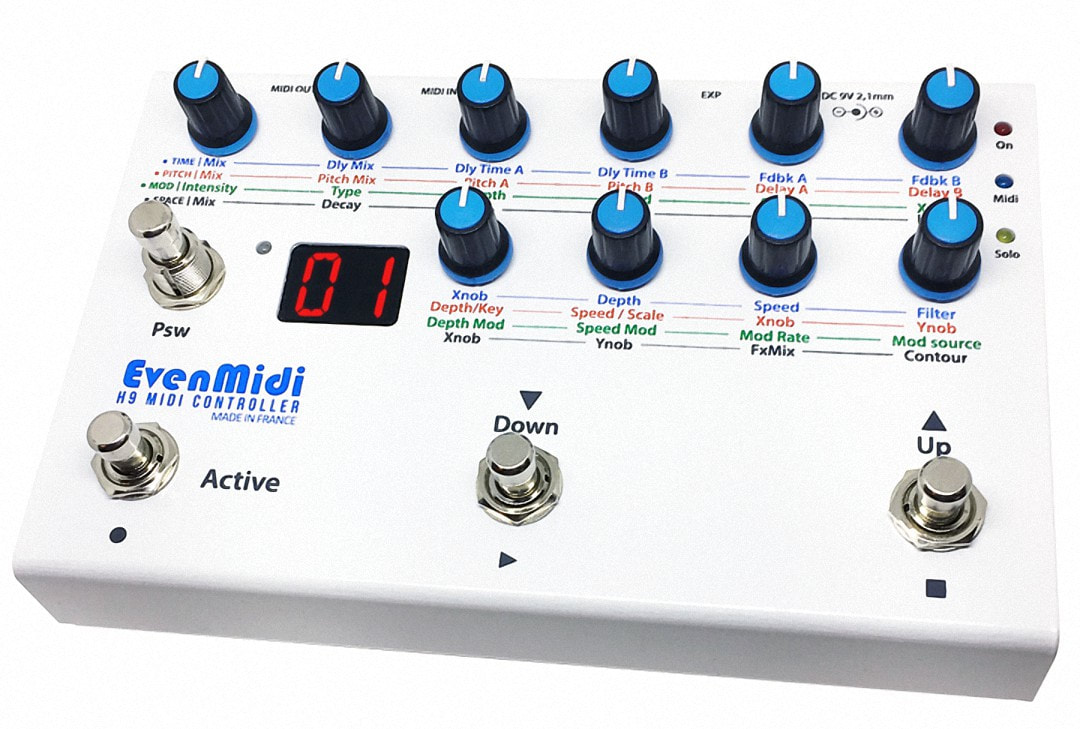
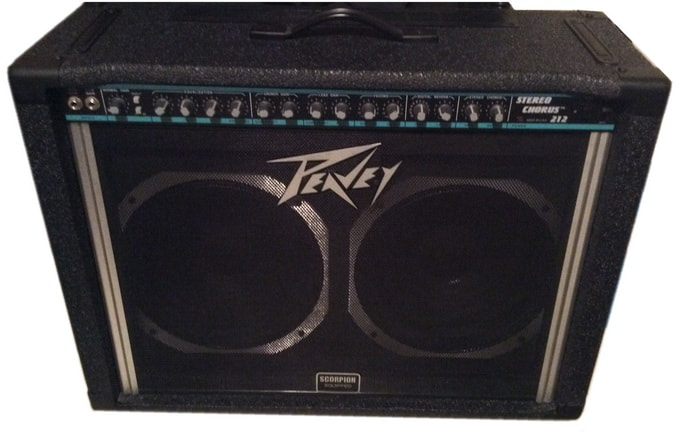

 15% OFF Summer Sale!
15% OFF Summer Sale!
 RSS Feed
RSS Feed

